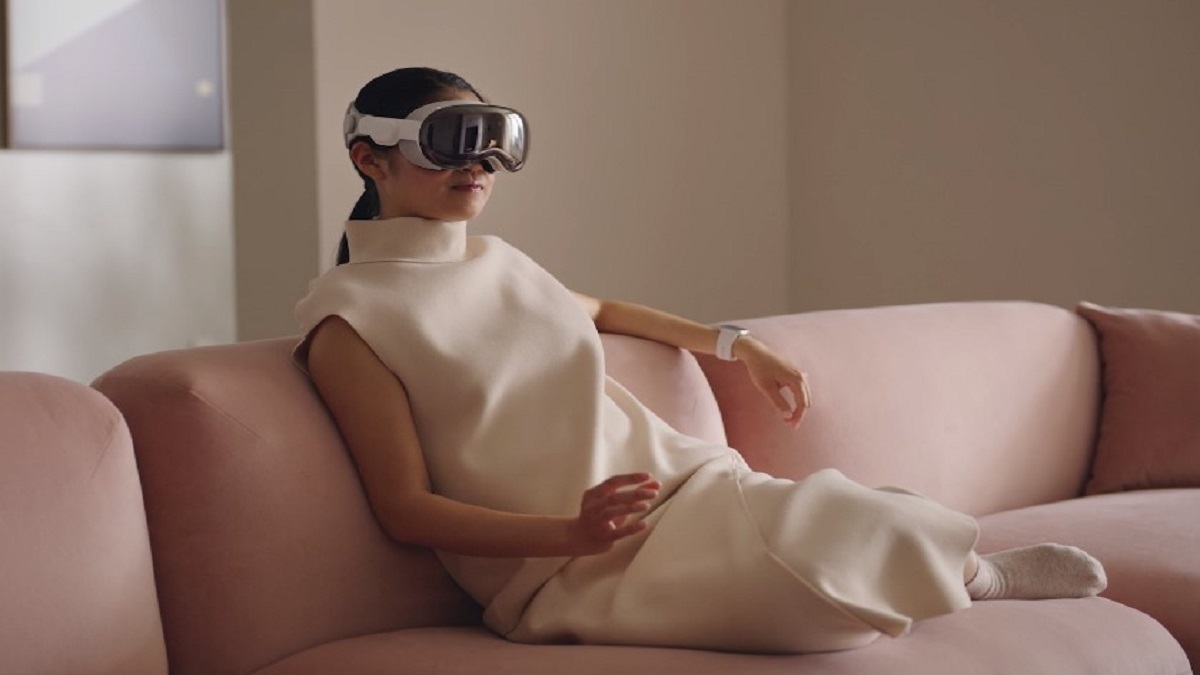With the recent announcements of Apple's Vision Pro spatial computer and Meta's Quest 3 Mixed Reality headset, Augmented Reality (AR), Virtual Reality (VR), and Mixed Reality (MR) are back in the spotlight. Let's simplify the differences between the three technologies in simple words.
Augmented Reality ( AR)
AR involves overlaying additional information in the real world. An example is the popular game Pokemon Go, where users see their surroundings with game elements added. Another instance is scanning a QR code using a camera app. Advanced AR includes headsets like HoloLens or Vision Pro, which offer a more immersive experience, such as analysing surroundings and providing valuable information about objects.
ALSO READ | iPhone SE 4: Apple to debut most affordable smartphone equipped with iPhone 15 features | Details
Virtual Reality (VR)
VR, on the other hand, completely immerses users in a digital environment, with no interaction with the real world. VR headsets cater to specific needs, like the Quest for a wide range of features and applications, or the HTC Vive and PlayStation VR for gaming.
Mixed Reality (MR)
Mixed Reality (MR) is the most complex of the three technologies, blending the real world with digital elements. Unlike AR, MR seamlessly integrates virtual objects into the user's environment, responding to real-world surroundings in real time. Users can interact with these virtual objects as if they were physical. MR systems often utilise headsets or smart glasses to overlay digital content onto the physical world. This technology finds applications in gaming, education, training, design, and more, offering experiences from fully immersive virtual environments to subtle augmentations of reality.
ALSO READ | Top 10 tech companies with the largest workforces worldwide
In summary, AR adds digital information to the real world, VR immerses users entirely in a digital environment, and MR seamlessly integrates virtual and real-world elements. The recent advancements in these technologies indicate a growing interest and investment in spatial computing, with potential applications across various industries.

